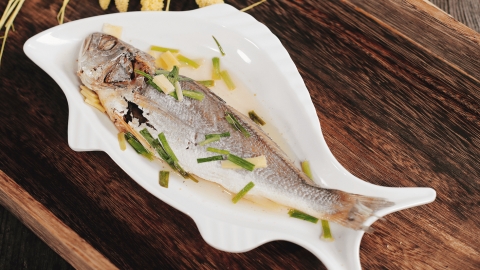Can you still eat salted fish if it has developed mold?
Generally, moldy salted fish is not recommended for consumption, as harmful substances produced by mold may pose health risks. Even if the moldy portion is removed, it is still not advisable to eat it. The detailed explanation is as follows:

Although salted fish contains a high level of salt due to the curing process, mold growth indicates contamination by fungi. During their growth, molds produce metabolic byproducts, some of which are toxic. These substances may spread into areas that appear unaffected and cannot be detected by the naked eye. Consuming such fish may lead to gastrointestinal discomfort, including nausea, vomiting, abdominal pain, and diarrhea. Long-term intake could potentially damage organs such as the liver.
The curing nature of salted fish may cause molds to produce more persistent toxins in high-salt environments. Ordinary washing, cutting away moldy parts, or cooking with heat are usually insufficient to completely eliminate these toxins. Even if the mold appears minimal and there is no obvious odor, the risk of toxin residue cannot be ruled out, and consuming it may pose serious health hazards.
In daily life, salted fish should be stored in a dry, well-ventilated, and cool environment, preferably sealed to prevent moisture absorption and mold growth. If mold spots, unusual odors, softening texture, or stickiness are observed, the fish should be discarded immediately and not consumed.











